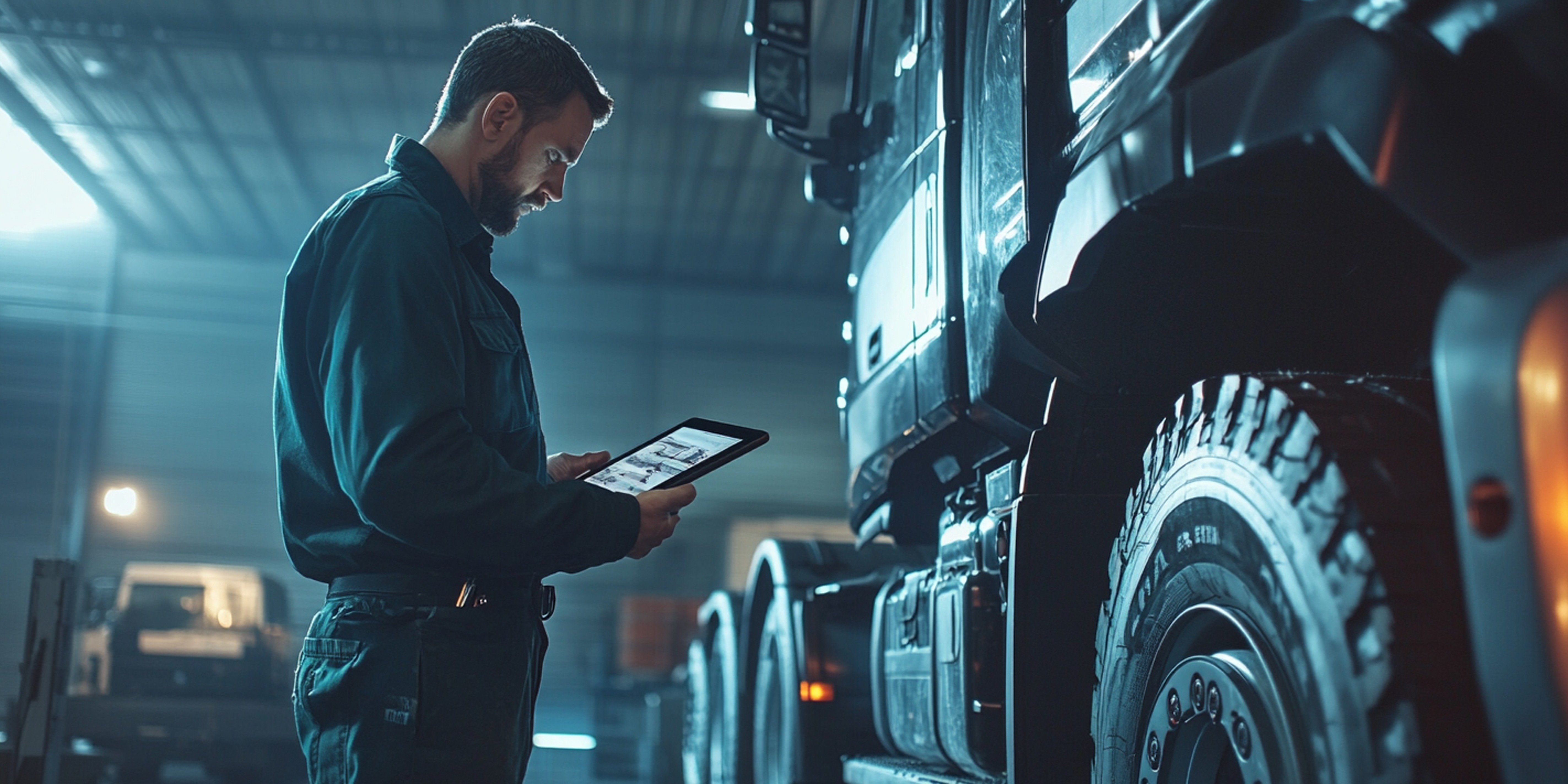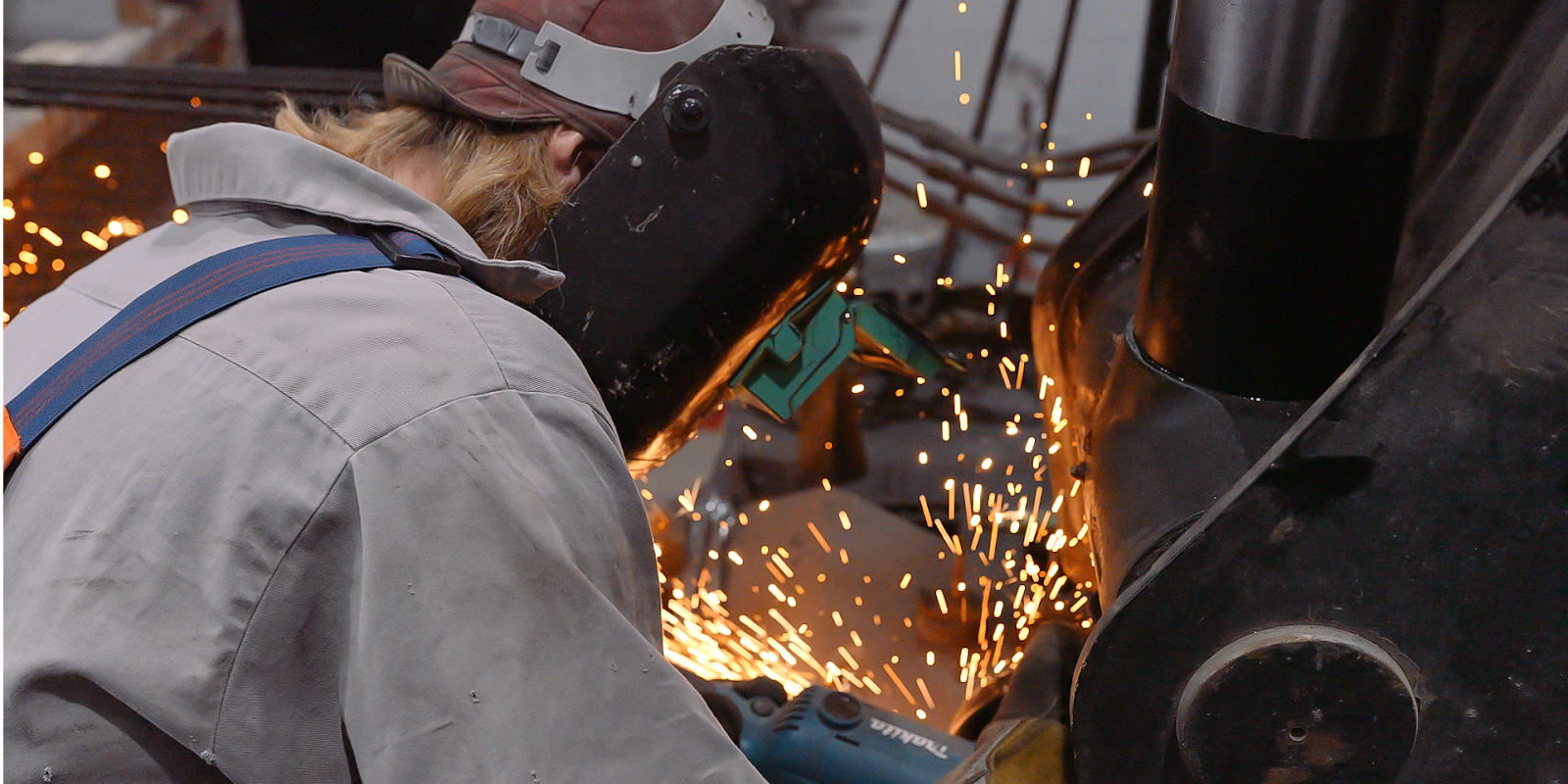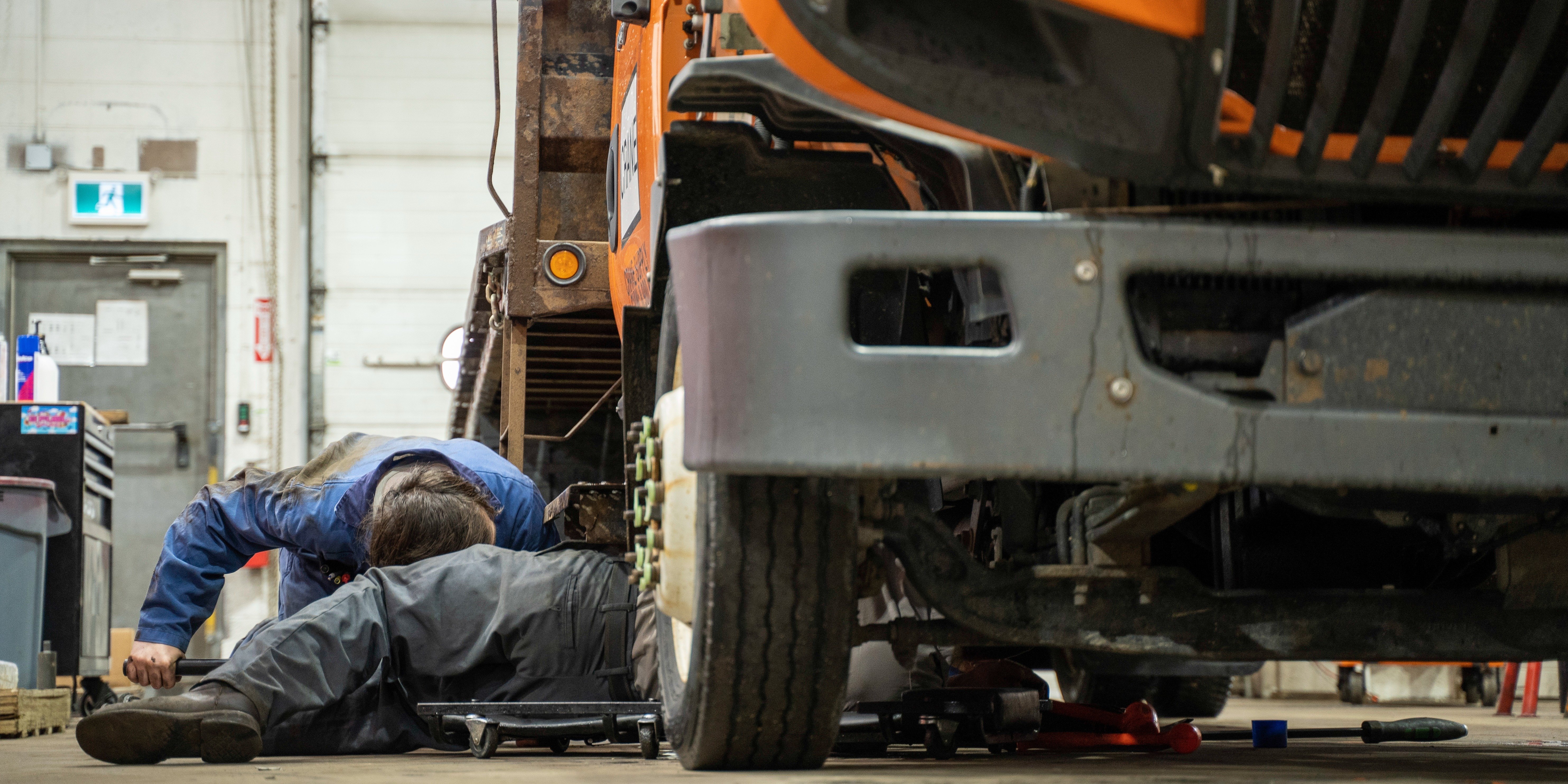
Augmented Reality (AR) in Heavy-Duty Repair: Training and Faster Fixes
Heavy-duty shops today face a storm of challenges: vehicles are more complex, downtime costs customers thousands per day, and technician shortages mean less experienced hires are stepping into bigger roles faster. Shop owners and managers know the stakes - a misdiagnosis, a missed step, or an extra day in the bay can make or break customer trust and profit margins.
Enter Augmented Reality (AR). Once a buzzword, AR is now a practical tool that leading manufacturers and repair organizations are using to train technicians faster and guide complex repairs with fewer errors. In heavy-duty diesel, fleet, and equipment shops, AR has the potential to slash downtime, cut mistakes, and turn “green” hires into productive techs in record time.
This blog explores how AR works in a shop setting, the ROI it’s already delivering, and how independent and mid-sized heavy-duty shops can start preparing for this future.
What AR Looks Like in the Shop
At its simplest, AR overlays digital instructions directly onto the equipment in front of a technician - through AR goggles, a tablet, or even a smartphone.
- A junior tech tearing down a Cummins engine can see holographic arrows showing which bolts to remove, in order.
- A fleet shop can overlay an inspection checklist on a vehicle, ensuring every DOT item gets checked.
- A senior tech troubleshooting electrical wiring can see each component labeled in real time, avoiding wasted hours chasing the wrong circuit.
Unlike grease-stained manuals or PDFs buried in a laptop, AR delivers the right step, right where the tech is looking. It’s like having a veteran mechanic guiding the repair - without pulling that expert away from another job.
Why AR Matters Now
Heavy-duty repair is under pressure on three fronts:
- Equipment complexity - From emissions systems to EV drivetrains, today’s trucks and machines are rolling computers.
- Technician shortage - Veteran techs are retiring; younger hires arrive with less experience and higher expectations for modern tools.
- Downtime costs - Every day a truck is sidelined costs customers $450-$760 in lost revenue.
Relying on “tribal knowledge” or paper-based workflows isn’t sustainable. Shops need ways to train faster, reduce rework, and increase throughput. AR answers that need with step-by-step, foolproof guidance.
Real-World ROI: Not Hype, Hard Numbers
Skeptical? You should be. But AR isn’t a Silicon Valley gimmick - it’s already proving itself in maintenance and repair environments:
- Bosch service centers: 15% faster task completion with AR overlays on hard-to-see components.
- Boeing: Error rates dropped to zero and task times cut by 25% when wiring aircraft with AR assistance.
- Caterpillar: Piloting AR to reduce service time and improve maintenance quality across heavy equipment fleets.
Industry-wide, AR guidance has been shown to cut maintenance tasks by 15-30% and improve work quality up to 90%. For a truck repair shop, that means more billable jobs per week, fewer comebacks, and higher customer satisfaction.
Training the Next Generation with AR
The technician shortage is one of the toughest challenges shop owners face. Traditional training - months of shadowing and manuals - is slow and inconsistent. AR is rewriting the playbook:
- On-demand guidance: New techs see step-by-step overlays on real equipment, reducing reliance on senior staff.
- Interactive learning: Trainees can “practice” virtually before touching the actual truck, minimizing mistakes.
- Faster onboarding: AR turns a lube tech into a confident diesel mechanic in weeks, not months.
Caterpillar reports that AR helps inexperienced techs handle routine jobs independently, freeing up veterans for high-skill tasks. The result? A multiplier effect on your shop’s productivity.
And for recruiting, AR is a magnet. Younger techs expect modern tools. A shop that offers AR training looks like a place to build a career, not just punch a clock.
AR-Guided Repairs: Right the First Time
Beyond training, AR keeps seasoned techs sharp and ensures consistency across the team.
- Step-by-step overlays reduce wasted time cross-referencing manuals.
- Real-time labeling speeds up troubleshooting - no guessing which wire or sensor is which.
- AR checklists make compliance and quality control airtight.
Remote AR assistance is another game-changer: a tech can stream their view to a remote expert, who draws notes and highlights directly on their display. Caterpillar’s LiveShare platform already uses this model to help field techs solve problems on the spot - cutting out travel time, delays, and repeat visits.
For independent shops, this means no more bottlenecks when your one “guru” is tied up. With AR, expertise scales across your team.
Use Cases Heavy-Duty Shops Can Leverage Today
- Inspections & Compliance - Overlay DOT or PM checklists on vehicles; ensure no step is missed.
- Parts Identification - Scan components to instantly see part numbers, specs, and inventory status.
- Telematics Integration - Visualize live fault codes and sensor data directly on the equipment.
- Remote Collaboration - Connect multi-location shops or mobile techs with in-shop experts instantly.
Each of these use cases translates directly into uptime for your customers and profit for your bays.
Dollars and Sense: AR ROI in Heavy-Duty Shops
The business value of AR comes down to three levers:
- Speed = Revenue
15-30% faster tasks mean more jobs per bay. Shops using digital workflows already report 20-30% revenue growth in 90 days; AR stacks on top of that. - Fewer Mistakes = Higher Profit
Eliminating rework saves labor, protects margins, and keeps schedules moving. Boeing saw zero errors - imagine that in your diesel shop. - Downtime Reduction = Customer Retention
Every day of downtime you save a fleet is money in their pocket. AR gives you a compelling sales pitch: “We use advanced tech to get your trucks back on the road faster.
Even factoring in upfront hardware and software costs, AR pays for itself fast - sometimes in a single avoided comeback or misdiagnosis.
Getting Your Shop AR-Ready
AR works best on a foundation of digital workflows. Before investing in headsets:
- Ditch the paper. Use SaaS shop management to digitize work orders, inspections, parts, and schedules.
- Integrate telematics and DVIRs. ShopView, for example, already pulls fault codes and inspection defects into service requests.
- Standardize workflows. AR thrives when procedures are consistent and documented digitally.
With that base, AR can plug directly into your shop data - showing fault codes, pulling PM checklists, or verifying inventory without manual lookups.
ShopView + AR: The Future of Heavy-Duty Repair
While AR is still gaining traction, the trend is clear: by 2030, more than 50% of heavy-duty shops will run on cloud platforms. AR will be part of that wave.
ShopView is built to be the backbone of this transformation. Its integrations with telematics, inventory, compliance, and multi-location operations mean that when AR overlays arrive, your shop data is ready to feed them.
Imagine a tech scanning a truck and instantly seeing:
- The DVIR defect logged yesterday.
- The part already in your stockroom.
- The service procedure steps, projected in front of them.
That’s not sci-fi - it’s the direction the industry is moving.
Final Word: Don’t Wait to Modernize
Augmented Reality is no longer experimental - it’s delivering results in heavy equipment, aviation, and automotive. For heavy-duty repair shops, it offers a way to train faster, fix faster, and reduce downtime - all critical in today’s competitive market.
You don’t have to roll out AR tomorrow, but you do need the digital foundation to make it work. That’s where ShopView comes in.
👉 Ready to modernize your shop and lay the groundwork for AR?
Book a free demo of ShopView today and see how digitizing your workflow can boost efficiency and profits within 90 days.
.png?width=1500&height=1500&name=11%20(1).png)








.png?width=1500&height=1500&name=1%20(1).png)

%20-%20Copy.png?width=1500&height=1500&name=2%20(1)%20-%20Copy.png)



